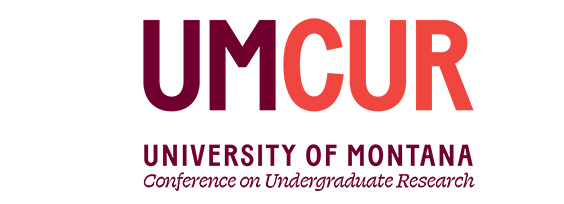Oral Presentations
Exploring Barriers and Facilitators to Accessing Reproductive Healthcare in Rural Montana
Project Type
Presentation
Faculty Mentor’s Full Name
Jessica Liddell
Faculty Mentor’s Department
Social Work
Abstract / Artist's Statement
Exploring barriers and facilitators to accessing reproductive healthcare in rural Montana
Access to reproductive healthcare in the United States is a growing issue of concern, especially in rural communities. Montana is one of the largest and least populated states in the U.S. with 55 out of 56 counties labeled as rural or frontier. This project aims to better understand barriers to accessing reproductive healthcare services in rural areas of Montana. Since January 2023, we have recruited 19 self-identified women of reproductive age (18-49) throughout the state of Montana with an emphasis in recruiting in rural and frontier counties. Employing a qualitative description approach, 30-minute semi-structured qualitative interviews were conducted with participants. We coded the data using content analysis through NVIVO—a qualitative data analysis software. Themes that emerged from participant interviews related to rural reproductive healthcare access will be further discussed in the presentation. These findings have implications for healthcare providers, policymakers, and researchers to inform efforts to address barriers.
Category
Social Sciences
Exploring Barriers and Facilitators to Accessing Reproductive Healthcare in Rural Montana
UC 332
Exploring barriers and facilitators to accessing reproductive healthcare in rural Montana
Access to reproductive healthcare in the United States is a growing issue of concern, especially in rural communities. Montana is one of the largest and least populated states in the U.S. with 55 out of 56 counties labeled as rural or frontier. This project aims to better understand barriers to accessing reproductive healthcare services in rural areas of Montana. Since January 2023, we have recruited 19 self-identified women of reproductive age (18-49) throughout the state of Montana with an emphasis in recruiting in rural and frontier counties. Employing a qualitative description approach, 30-minute semi-structured qualitative interviews were conducted with participants. We coded the data using content analysis through NVIVO—a qualitative data analysis software. Themes that emerged from participant interviews related to rural reproductive healthcare access will be further discussed in the presentation. These findings have implications for healthcare providers, policymakers, and researchers to inform efforts to address barriers.
